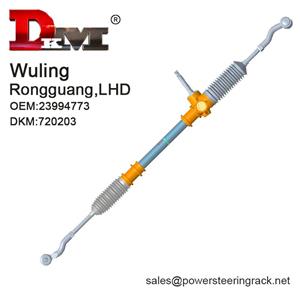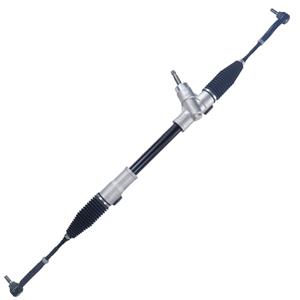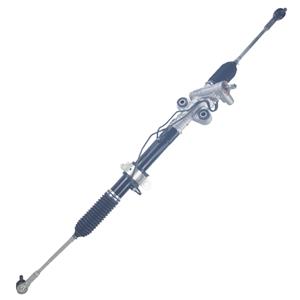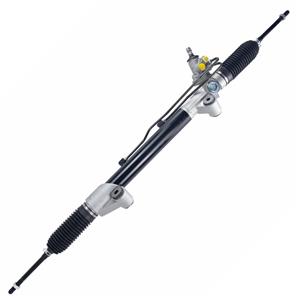Why do some cars not have a power steering rack?
In modern car design, power steering systems have become almost standard. Most vehicles, especially mid- to high-end sedans, SUVs, and some commercial vehicles, are equipped with a power steering rack system, which is designed to improve driver comfort and reduce the physical effort required when steering. However, there are also some cars, especially some economy cars, special purpose vehicles, and some small cars, that choose to use a system different from the conventional power steering rack.
These cars do not have a power steering rack, so what system do they use? Why do they choose not to use a power steering rack system? This article will explore these issues in depth and analyze why some cars do not have a power steering rack.
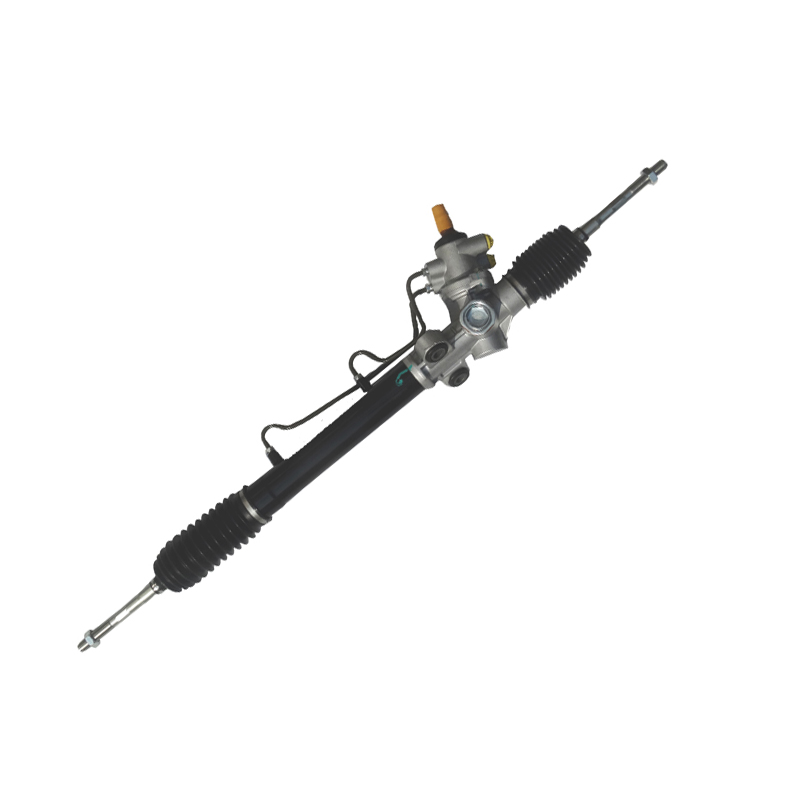
What is a power steering system?
Power steering system is a technology that reduces the burden on the driver when operating the steering wheel by providing external power assistance. There are two common types of power steering systems in modern cars: hydraulic power steering system and electric power steering system. In both systems, the steering rack is the most common component, usually combined with a hydraulic pump or electric motor to assist in steering the vehicle. The power steering rack provides a smooth steering response by connecting to the steering wheel, reducing the difficulty of operation for the driver.
However, not all cars use this technology. Some cars, especially some entry-level, low-cost or special-need vehicles, are not equipped with power steering rack systems for various reasons.
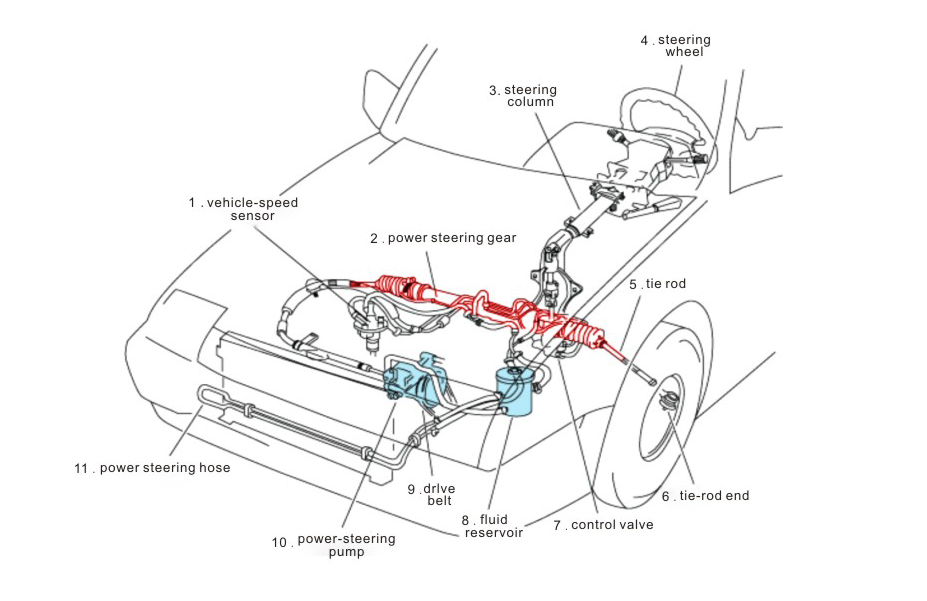
History and current status of manual steering systems
1. Background of manual steering
Manual steering systems are standard in early cars. The steering of early cars relied entirely on the driver's power without any external power assistance. As the size and weight of cars increased, drivers needed to exert more effort to control the steering wheel, especially at low speeds or when parking.
In order to improve driving comfort, automakers began to develop power steering technology. In the 1930s, hydraulic power steering technology gradually matured and began to be applied to some high-end cars and large commercial vehicles. However, manual steering systems still exist in some small cars and low-cost models, especially in the mid-20th century, when these models became the first choice of many consumers for their simplicity, economy and reliability.
2. Advantages of power steering rack
Although power steering technology provides higher driving comfort, manual steering systems still occupy a place in some vehicles. The biggest advantage of manual steering systems is their simple structure, low cost and easy maintenance. For low-priced economy models or some special vehicles, the use of manual steering systems can not only reduce production costs, but also reduce the long-term maintenance costs of the vehicle. This is a more economical choice for consumers with limited budgets or low comfort requirements.
In addition, the feedback force of the manual steering system comes directly from the contact between the road and the wheel. Many car owners believe that this "road feel" is more realistic and can provide a stronger sense of driving participation. Although greater force may be required at low speeds, manual steering responds more directly at high speeds and can provide more stable handling.
Alternatives to non-power steering rack systems
1. Mechanical rack steering system
Mechanical rack steering system, also known as pure mechanical steering system, is one of the earliest steering technologies. It directly transmits the driver's steering force to the wheel through mechanical components such as steering column, gears, and racks. In this system, there is no hydraulic or electric power source, and it relies entirely on the driver's power to control the direction.
The structure of the mechanical rack system is very simple, with few parts and low maintenance costs. Although the driver may feel the steering is heavy at low speed or when parking, the mechanical steering system can provide a more stable and direct control feel in scenes such as highways. Therefore, this system is still used in some low-cost models and special vehicles, especially when the budget is limited, the mechanical rack steering system is a cost-effective choice.
2. Electric power steering rack
The Electric Power Steering (EPS) system is another power steering technology that has gradually emerged in recent years. Compared with the hydraulic power steering system, the electric power steering rack does not use hydraulic oil, and directly provides power to the steering wheel through an electric motor. The advantages of this system are that it is more energy-efficient, smaller in size, and does not require hydraulic oil, so it is more environmentally friendly.
The electric power steering system adjusts the power in real time through sensors and electronic control units, and can automatically adjust according to the driver's steering needs. Although the electric power steering system usually uses an electric motor to drive the steering rack, some low-end models still use a simplified version of the electric power steering system to reduce dependence on the rack system, or directly use other types of steering devices. This allows these vehicles to reduce costs while still providing certain power assistance functions.
3. The needs of some special-purpose vehicles
In addition to some economical small cars, there are some special-purpose vehicles, such as commercial vehicles, trucks, off-road vehicles, etc., which may not use the traditional power steering rack system. For example, some trucks and large vans use a more simplified mechanical or semi-power steering system because of their long body and low steering system requirements. The steering load of these vehicles is large, so the lack of a power steering system may affect low-speed handling, but it will not have much impact when driving at high speeds.

Why do some cars not have a power steering rack?
1. Cost control
The production cost of a car is one of the key factors in determining whether to use a power steering rack. For some economical models with limited budgets, using a traditional mechanical steering system can greatly reduce manufacturing costs. Although this method sacrifices some driving comfort, for the low-price market, cost performance is still the most important competitiveness.
2. Vehicle type and purpose
Different types of vehicles have different requirements for steering systems. For example, small city cars, compact cars and economical cars usually require low cost and high fuel efficiency, so they prefer to use manual steering or a simplified version of the electric power steering rack. Some commercial vehicles, such as trucks and buses, often require greater steering effort, but their design focuses more on cargo capacity and durability, so choosing a traditional mechanical steering system can reduce the difficulty and cost of vehicle maintenance.
3. Preference for driving experience
Although modern consumers generally prefer the comfort brought by power steering racks, some vehicles still maintain mechanical steering systems in order to maintain the driver's "real feeling" of the vehicle. Some drivers believe that manual or mechanical steering can provide more direct and natural feedback, which is their preference for the driving experience of the vehicle for some drivers.

Guangdong Diamond Auto Parts Co., Ltd. is your go-to supplier for premium-quality power steering rs. Whether you need power steering racks, gears, or hydraulic steering units, our factory in China has the capacity to meet your bulk purchasing needs. We provide customized steering solutions to major car manufacturers and offer competitive prices, discounts, and wholesale rates. Request a quote today!

